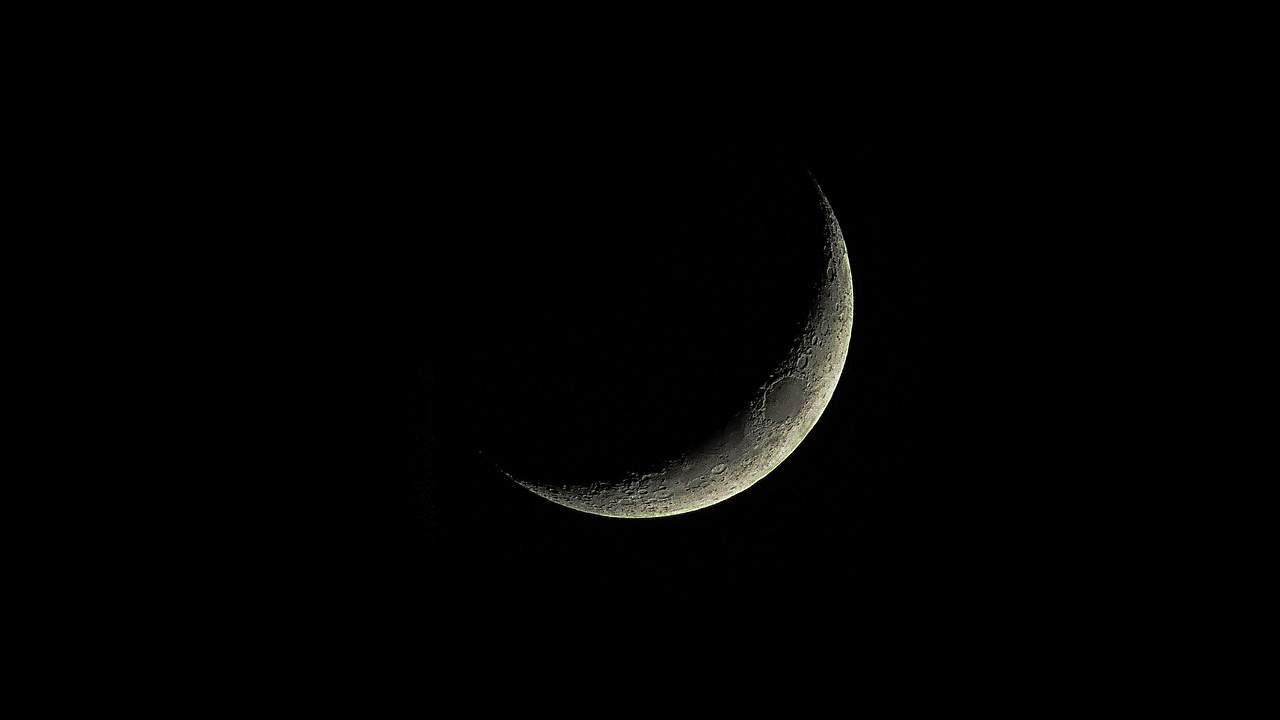December opens with crescent moon, followed by meteor showers, more
Nov 24, 2021, 2:00 PM

(Pixabay Photo)
(Pixabay Photo)
As November ends we look forward to some of the best in our Arizona skies, as the winter season is just around the corner!
December and the holidays bring us thoughts of the magical Christmas star and the celebrations around the winter solstice.
As you look to the December skies, we begin with a view of the moon.
As December opens, we see a waning crescent moon low in the southeastern sky just before dawn. This creates a great time to capture images of the moon with some impressive landscapes in the background.
Most modern smartphones have the ability to capture this at its best.
The moon then moves on to its new phase Dec. 4. At this time, any lucky observers in Antarctica, along with penguins, will get to see a short total solar eclipse.
If you can not be there, here is additional information on this rare event.
Just know that this event will be occurring at 12:33 a.m. Arizona time. This is the maximum time of the eclipse.
A livestream of the eclipse is available here.
From here, the moon then moves on to a new waxing phase lunation No. 1224.
Begin your viewing of the thin crescent moon starting the night of Dec. 5.
Can you find the thin sliver of moonlight as it hugs the southwestern horizon?
A better opportunity exists on the evening of Dec. 6, when the thin moon glides very close to Venus.
The moon will pass less than 2 degrees to the south of Venus, making for an interesting conjunction or as some may refer to it, as an appulse.
An appulse is when two celestial bodies are very close in the sky, as a conjunction is when two celestial objects have the same right ascension or ecliptic longitude.
Confused? Read this.
From here, the moon moves on to first quarter Dec. 11 and then on to a gibbous phase before the last full moon of the year.
The December full moon is known by many names, but this is also known as the long night full moon. This is due to the long path which the moon takes.
Full moon occurs for us at 9:37 p.m. Dec. 19.
The last quarter moon on the 27th.
In my opinion, the best time to view faint sky objects like meteors, planets and galaxies, will be Dec. 1-10 and again from Dec. 27 to month’s end, as moonlight will be at a minimum.
Planets put on a great show in December too.
Look for the bright planet Venus still low in the southwestern sky at dusk. Reaching its greatest brilliancy on the evening of Dec. 7, Venus will shine at the impressive magnitude of minus 4.7. No object is brighter other than the sun or moon.
This reminds us of the great mystery of what really was the Christmas star. Here is a review of that amazing story.
Just to the upper left of Venus we come to Saturn and Jupiter, all in a line in the southwest sky at dusk.
Finally, two meteors showers appear in our December skies. The first, the Geminids, peaks the morning of Dec. 13. Look up to the northeast after midnight. Here are some tips in viewing it.
The other shower is the lesser known Ursids, which peaking the night of Dec. 2.
Lots of holiday magic in our December skies.
Merry Christmas. Happy holidays!
To print your own monthly star chart, click here.
To view satellites/dates/times of passage, click here.
Listen to the Dr. Sky Show on KTAR News 92.3 FM every Saturday at 3 a.m.
Podcasts are available here.








